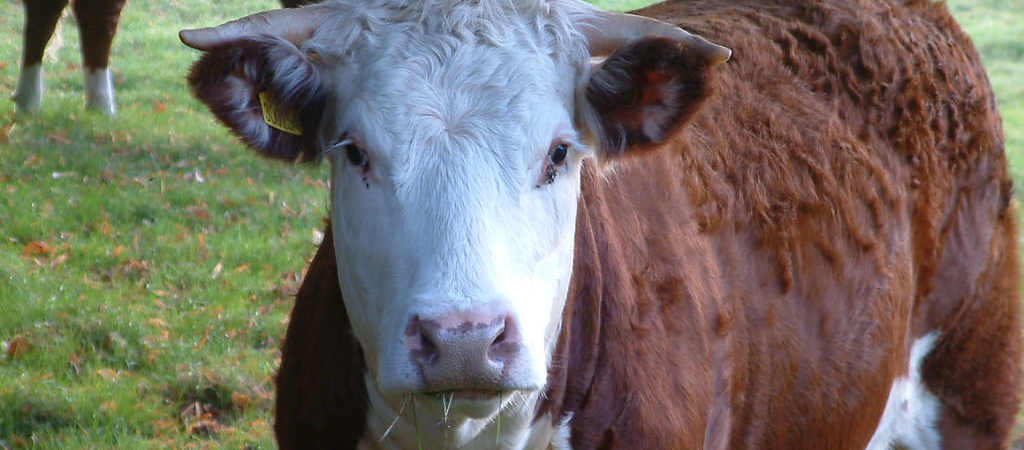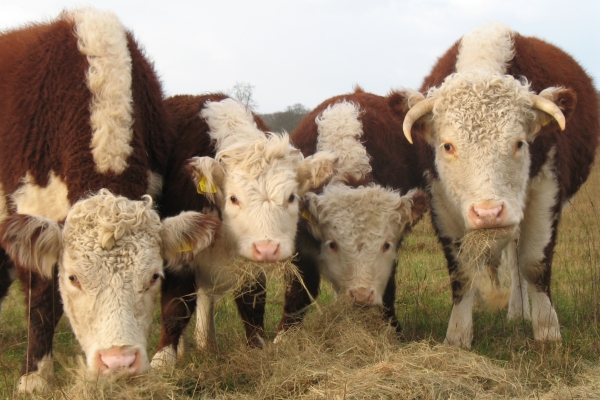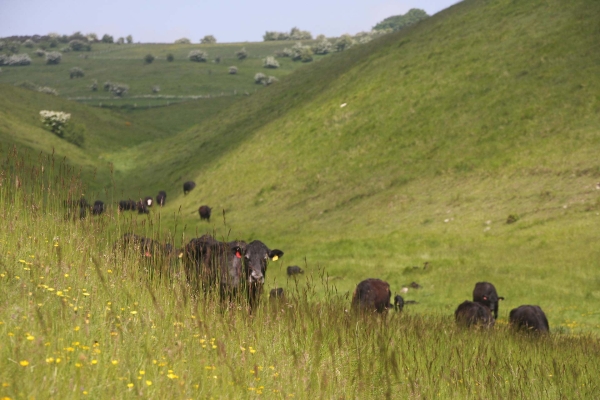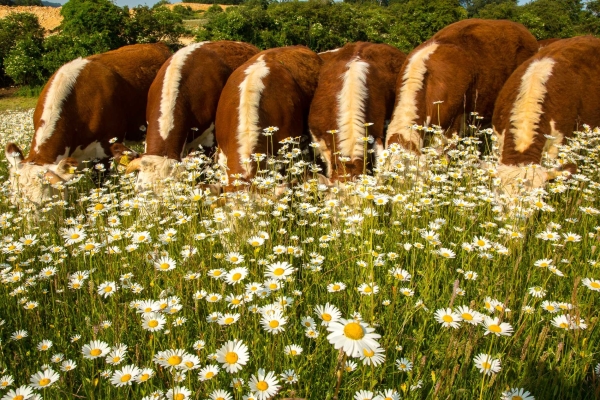A Breath of Fresh Air
The truth about pasture-based livestock production and environmental sustainability
Resource explained
To optimise our future meat production, we need to make it truly sustainable. This report was written to explore the debate on whether pasture or intensive grain-based beef production is more environmentally sustainable. It counters the arguments for grain-based production with logical, evidence-based reasoning and concludes that the most sustainable livestock production comes from predominantly pasture-based systems. Although the primary audience is American / Canadian, the report raises many issues pertinent to the UK. It covers: Descriptions and the relative importance of greenhouse gases (GHG) in respect to agriculture; the GHG emissions of pasture-based versus feedlot beef production (methane being just one part of the picture); the inefficiency of feeding cattle crops that can be eaten by humans; carbon sequestration in pasture-based livestock systems and the role they can play in mitigating climate change; the environmental cost of corn; the vegetarian debate; land-use; economics, and suggestions for improvements on pasture-based livestock farms based on research.
Findings & recommendations
- Important GHGs to consider within the debate are methane (CH4), carbon dioxide (CO2), and nitrous oxide (N2O).
- CH4 is produced when cattle digest their food, and in manure storage under anaerobic conditions.
- As grain-fed beef are generally finished younger than pasture-fed beef, CH4 emissions from rumination are lower than pasture-fed beef. Lower fibre in their diet also results in lower methane production. However with more intensive systems, there is more manure in storage which is often anaerobic, leading to additional methane production.
- CO2 is released during deforestation, which often proceeds soya production. Corn production, another common feed, also results in high CO2 emissions.
- Pasture-based systems often utilise land unsuitable for producing crops for human consumption and absorb (sequester) large amounts of carbon.
- N2O is the most potent GHG arising from agriculture. Nitrogen-based fertiliser, slurry lagoons, fossil fuel combustion, soil aeration and animal deposits can be sources of N2O.
- The report concludes that although pastured cattle might have a slower growth rate and produce more methane per pound of meat, this is offset by the overall benefits of the entire production system.
- The report also points to the benefits of different forages, high sugar ryegrasses and rotational grazing as methods to further reduce environmental effects on pasture-based farms.
N.B. To view the resource, please scroll down once you have clicked on the link.








